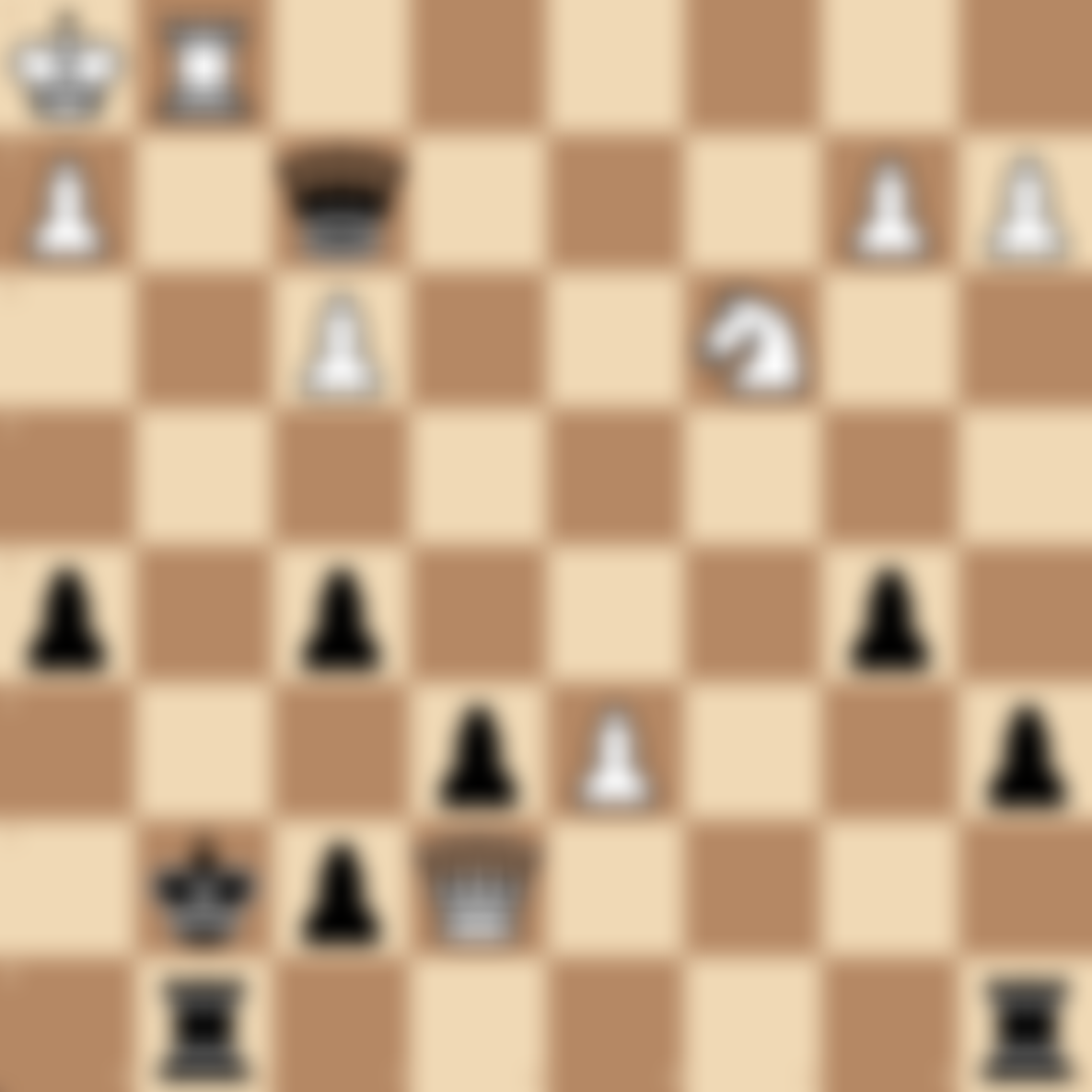Opposite-Colored Bishops: Balancing Attack and Defense
Table of Contents
- Introduction
- What are Opposite-Colored Bishops?
- Importance of Understanding Opposite-Colored Bishop Positions
- Characteristics of Opposite-Colored Bishop Endgames
- Strategic Considerations in Opposite-Colored Bishop Middlegames
- Attacking with Opposite-Colored Bishops
- Defensive Techniques in Opposite-Colored Bishop Positions
- Famous Games Featuring Opposite-Colored Bishops
- Practice Opposite-Colored Bishop Puzzles
- FAQs
Introduction
Opposite-colored bishops create unique dynamics in chess that can significantly influence the outcome of a game. At chesspuzzles.io, we've developed this comprehensive guide to help you understand and master the intricacies of positions with opposite-colored bishops, enhancing your strategic play and endgame technique.
What are Opposite-Colored Bishops?
Opposite-colored bishops occur when each player has one bishop, but they move on different colored squares. For example, one player has a light-squared bishop while the other has a dark-squared bishop. This situation can arise in both middlegame and endgame positions.
Importance of Understanding Opposite-Colored Bishop Positions
Mastering opposite-colored bishop positions is crucial for several reasons:
- Endgame technique: Many games end in opposite-colored bishop endgames, which have unique drawing tendencies.
- Strategic planning: Understanding the implications of opposite-colored bishops affects middlegame strategy.
- Attacking potential: Opposite-colored bishops can create powerful attacking chances for both sides.
- Defensive resources: These positions often offer surprising defensive possibilities for the weaker side.
- Practical decision-making: Knowing when to enter or avoid opposite-colored bishop positions is a valuable skill.
Characteristics of Opposite-Colored Bishop Endgames
- Drawing tendencies: Pure opposite-colored bishop endgames are often drawn, even with an extra pawn.
- Blockading: The defender can often blockade pawns on squares their bishop can't control.
- Fortresses: It's often possible to create impenetrable defensive positions.
- Zugzwang rarity: Unlike same-colored bishop endgames, zugzwang is less common.
- King activity: The king's role becomes even more crucial in these endgames.
Strategic Considerations in Opposite-Colored Bishop Middlegames
- Pawn structure: Aim to place pawns on squares your opponent's bishop can't attack.
- Piece activity: Look for opportunities to activate your bishop and restrict your opponent's.
- Color complexes: Control the color complex (light or dark squares) that your bishop doesn't cover.
- Transformation: Consider how the position might transform into an endgame.
- Attacking chances: Look for opportunities to create attacks on the color complex your bishop controls.
Attacking with Opposite-Colored Bishops
- Focus your attack on squares your bishop controls.
- Use your pawns to create weaknesses on squares your opponent's bishop can't defend.
- Look for sacrificial opportunities to open lines for your attack.
- Coordinate your bishop with other pieces to create mating threats.
- Be aware that your attack might be double-edged due to your opponent's counterplay.
Defensive Techniques in Opposite-Colored Bishop Positions
- Blockade enemy pawns on squares your bishop can control.
- Create a fortress by placing your pawns on squares of the opposite color to your bishop.
- Activate your king to support your defenses and threaten enemy pawns.
- Look for opportunities to exchange pawns and simplify into a drawn endgame.
- Be alert for counterattacking chances on your strong color complex.
Famous Games Featuring Opposite-Colored Bishops
- Carlsen vs. Karjakin, World Chess Championship 2016, Game 16 (Tiebreak)
- Karpov vs. Kasparov, World Chess Championship 1984, Game 9
- Fischer vs. Taimanov, Candidates Match 1971, Game 4
Practice Opposite-Colored Bishop Puzzles
Enhance your understanding of opposite-colored bishop positions with our carefully curated collection of puzzles:
Try our Opposite-Colored Bishop Puzzles on chesspuzzles.io now
These challenging puzzles are designed to improve your strategic and tactical play in positions featuring opposite-colored bishops.
FAQs
Q: Are all opposite-colored bishop endgames drawn? A: No, not all are drawn. While they have strong drawing tendencies, the side with an extra pawn (or more) can often win if the pawns are sufficiently advanced or if there are pawns on both wings.
Q: Should I always avoid trading into an opposite-colored bishop endgame if I'm trying to win? A: Not necessarily. While these endgames are often drawish, they can also offer winning chances, especially if you have a significant pawn advantage or if your opponent's king is poorly placed.
Q: How does the presence of opposite-colored bishops affect middlegame strategy? A: It often leads to complex positions where both sides can create attacks on different parts of the board. It's crucial to balance your attacking ambitions with solid defense.
Q: Can you checkmate with just a king and bishop against a lone king? A: No, a king and bishop alone cannot checkmate a lone king. At least one additional piece or pawn is needed.
Q: How can I improve my play in opposite-colored bishop positions? A: Study classic games featuring these positions, practice with targeted puzzles on chesspuzzles.io, and pay special attention to pawn structures and king safety in your own games.
Master the intricacies of opposite-colored bishop positions to add depth to your strategic understanding and endgame technique! Ready to test your skills? Try our Opposite-Colored Bishop Puzzles on chesspuzzles.io now and experience the unique challenges these positions offer!
